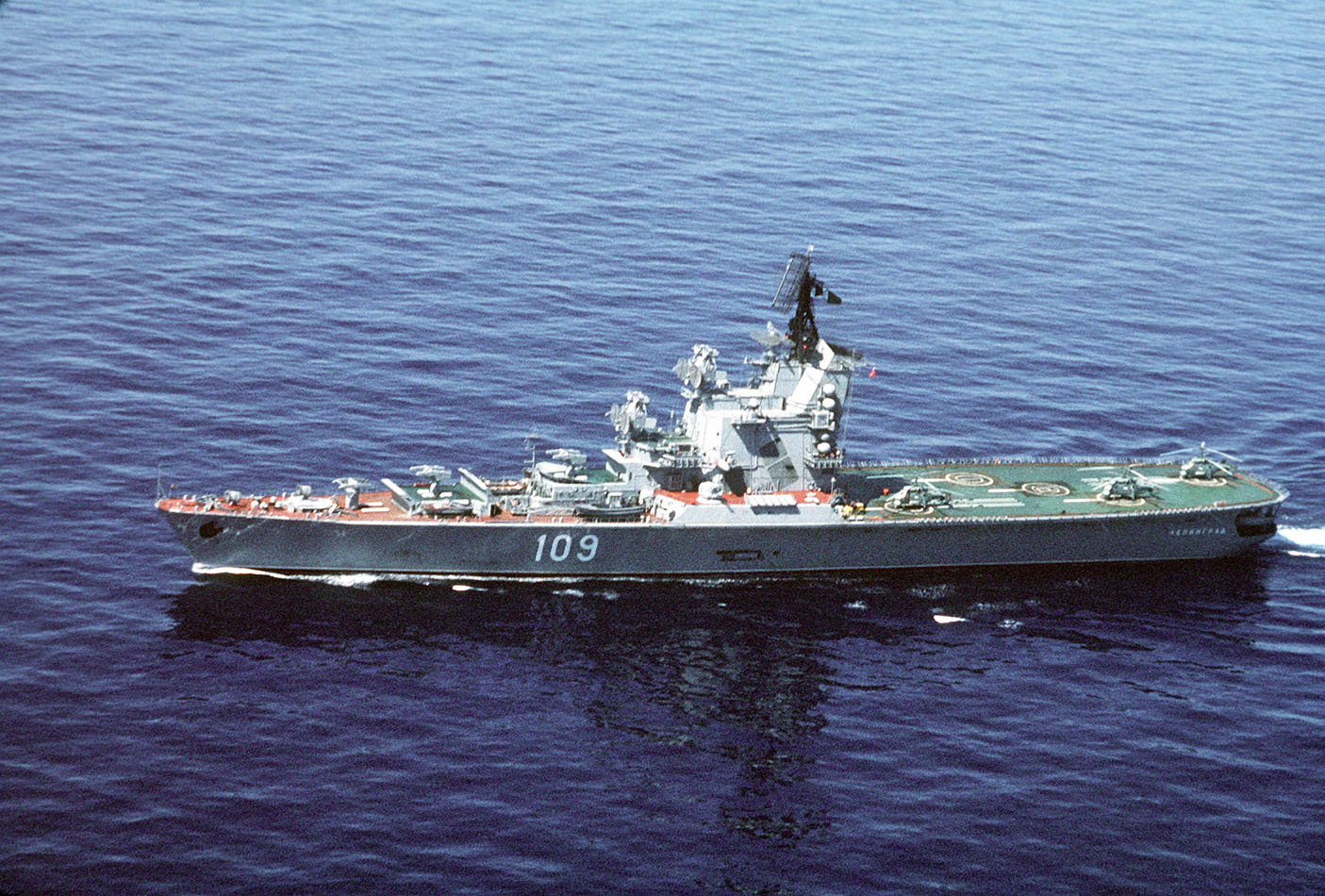- Oct 3, 2018
- 3,199
The Turkish Naval Forces (Turkish: Türk Deniz Kuvvetleri), or Turkish Navy (Turkish: Türk Donanması), is the naval warfare service branch of the Turkish Armed Forces. The modern naval traditions and customs of the Turkish Navy can be traced back to 10 July 1920, when it was established as the Directorate of Naval Affairs during the Turkish War of Independence led by Mustafa Kemal Atatürk.
Since July 1949, the service has been officially known as the Turkish Maritime Forces. In 2006, the Turkish Navy had a reported active personnel strength of 48,600; this figure included an Amphibious Marines Brigade as well as several Special Forces and Commando detachments. As of early 2006, the Navy operates a wide variety of ships and 60 maritime aircraft.
“Mavi vatan,” or “blue homeland,” has become a central goal of the Maritime Forces and represents Türkiye's right to an equitable stake in the eastern Mediterranean. The Navy’s former chief of staff, Cihat Yaycı has been a key proponent of the Blue Homeland and has set a considerable tone in Ankara and has been supported by the likes of former Rear Adm. Cem Gürdeniz.
To a large extent, it signaled a somewhat dramatic shift in doctrine within Turkish political and military circles and has been a guiding force for Türkiye's naval modernization program. The Turkish Navy is currently undergoing several modernization programs to replace its aging equipment. As of 2003, the major modernization projects are still ongoing.
The following Information is Classified/Encrypted & Protected
Since July 1949, the service has been officially known as the Turkish Maritime Forces. In 2006, the Turkish Navy had a reported active personnel strength of 48,600; this figure included an Amphibious Marines Brigade as well as several Special Forces and Commando detachments. As of early 2006, the Navy operates a wide variety of ships and 60 maritime aircraft.
“Mavi vatan,” or “blue homeland,” has become a central goal of the Maritime Forces and represents Türkiye's right to an equitable stake in the eastern Mediterranean. The Navy’s former chief of staff, Cihat Yaycı has been a key proponent of the Blue Homeland and has set a considerable tone in Ankara and has been supported by the likes of former Rear Adm. Cem Gürdeniz.
To a large extent, it signaled a somewhat dramatic shift in doctrine within Turkish political and military circles and has been a guiding force for Türkiye's naval modernization program. The Turkish Navy is currently undergoing several modernization programs to replace its aging equipment. As of 2003, the major modernization projects are still ongoing.
The following Information is Classified/Encrypted & Protected
Turkish Maritime Forces 
MINISTRY OF NATIONAL DEFENSE OF THE REPUBLIC OF TÜRKİYE Security Clearance: Secure and Encrypted |
Naval Warfare Officers/Seamen 35,038/35,038 | 
Naval Air Arm 500/500 | 
15,000/15,000 |

Tier 1 SAT Command 250/250 | 
Underwater Defense Group Tier 1 SAS Kommando 200/200 | 
Amphibious Assault Specialist Tier 2 Deniz Kommandos 2,500/2,500 |

Boeing F/A-18E/F Super Hornet 48/48 | 
MH-60R LAMPS Mark III Block II Helicopter 500 | 
S-70B Seahawk 15 |

Barbaros-class frigate 5 | 
G-class frigate 6 | 
Arleigh Burke IIA-class Destroyer 7 |

Kılıç-Class Fast Attack Craft 6 | 
Ada-Class Corvette 6 | 
A-Class Minehunter 22 |

Delta IV-class Delfin Submarine 5 | 
Gür class Type 209 Submarine 7 | 
Osmangazi class 10 |

4 | 
1 | 
Vishnya-class Intelligence Ship 4 |
Last edited:


